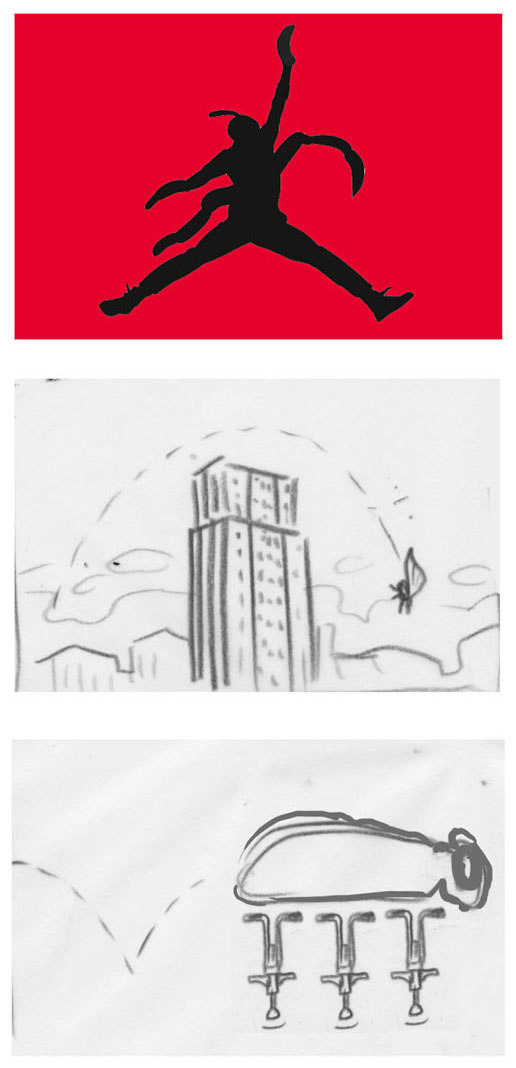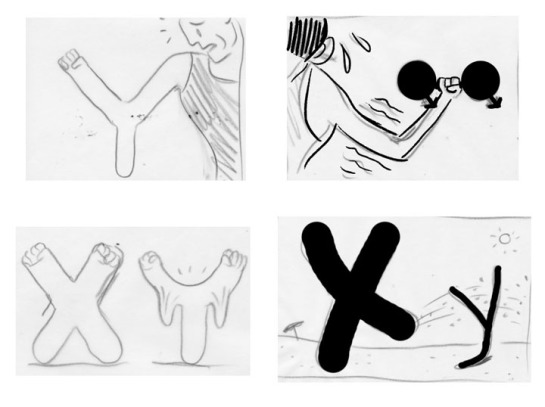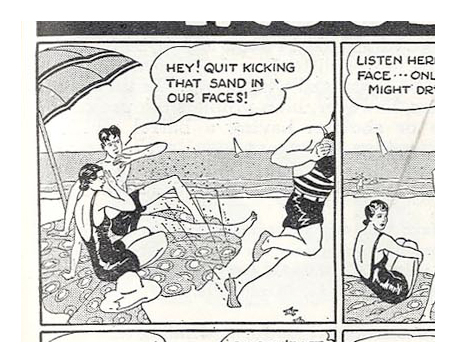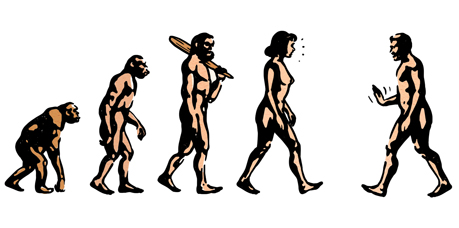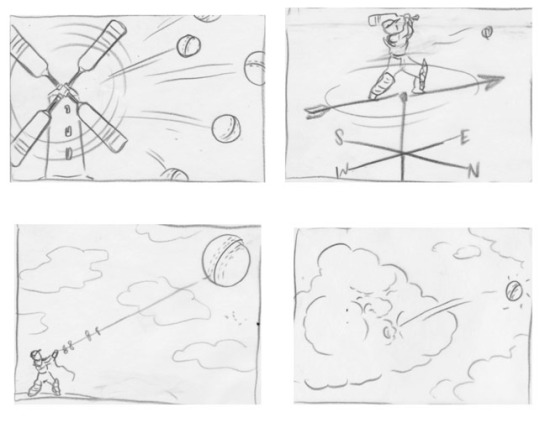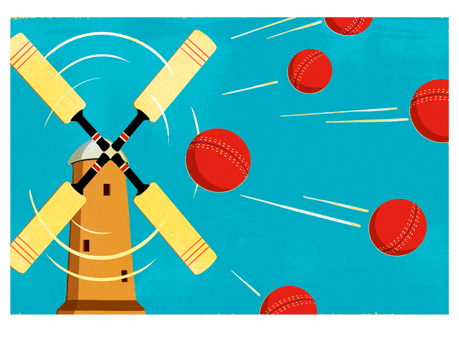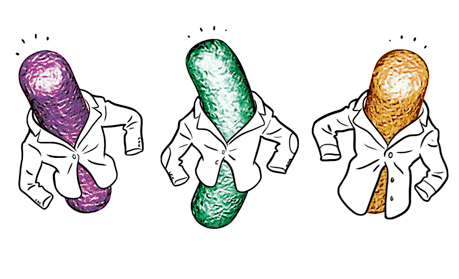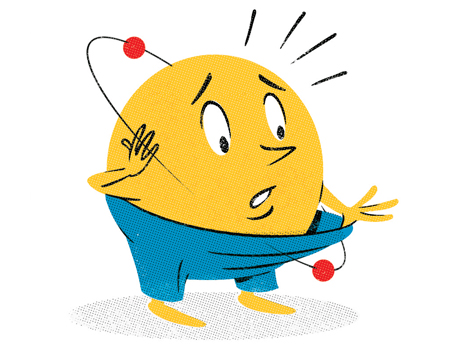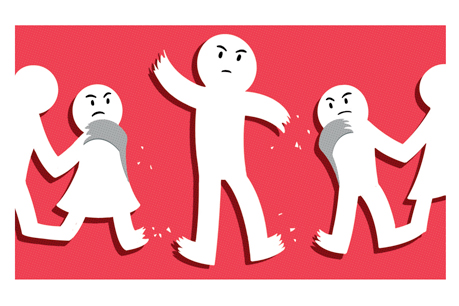I’ve let this blog go quiet for a few months now, planning to get back to my weekly posts of new and old NYTimes Science Times illustrations…but it just hasn’t happened. Happily, we’re still doing the column. And, also happily, illustration in general is busy. But it’s just been too much to keep up with my regular work blog and my tumblr and Drawing Science, so I’m closing up shop, at least for now. I’ll be leaving the blog here, as an archive of the assignments, and maybe I’ll get back to it eventually. Thanks to everyone who checked out the posts each week, and to everyone who took a moment to comment.








